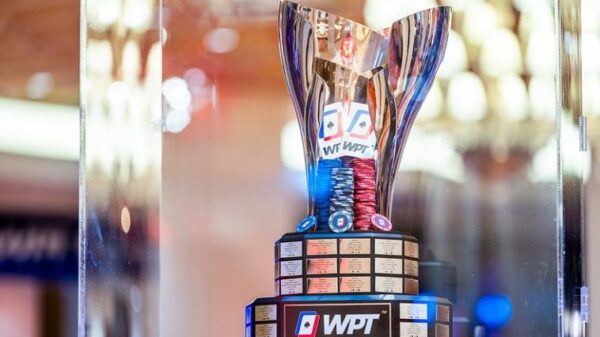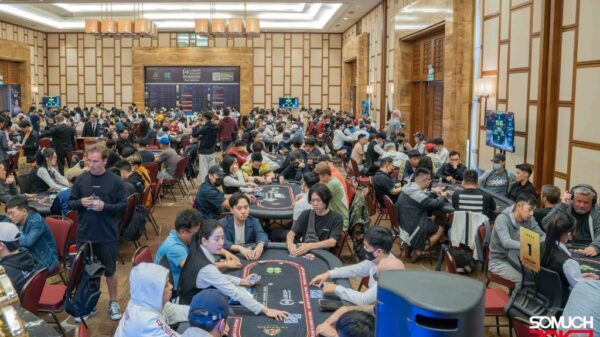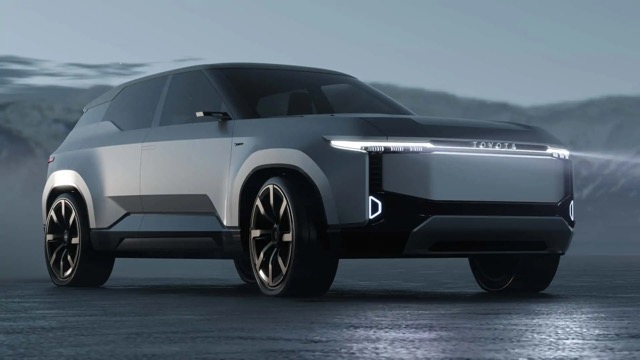Three things hamper electric vehicles from finally being accepted by the public.
First, EVs’ driving range is still an issue because they still can’t cover long distances without having to charge from time to time; second, when it comes to charging, expect a lengthy wait before getting fully charged EVs; and last, their price tag is still a bit prohibitive when compared to their gasoline-fed counterparts.
What holds the key to solving all the hurdles mentioned is to improve or completely change lithium-ion batteries that EVs are currently using.
While they are the best option at the moment (they charge faster and have a more effective battery capacity compared to lead-acid or nickel-metal hydride batteries), lithium-ion batteries use raw materials that are expensive and complicated to mine and process
Only a few countries have enough deposits of these raw materials like lithium, cobalt, nickel, among other metals. Fewer still are those countries that could mine and process them in a sustainable way.
Lastly, stringent safety and quality standards further increase the cost of lithium-ion batteries as manufacturers have to invest in research as well as testing to ensure that these batteries meet safety requirements. No wonder battery makes up around 40 percent of the price tag of most EVs today.
Breakthrough
Then came the news last October that Toyota Motor Corporation has reached a breakthrough that could halve the cost and size of these EV batteries. If successful, the world’s largest-selling automaker said that their batteries will double the range of their EVs to up to 1,200 kilometers — more than twice the range of its current EVs — and a charging time of 10 minutes or less.
Last September, Toyota closed a partnership deal with fellow Japanese company Idemitsu Kosan to mass-produce ultrahigh-range EVs with solid-state batteries. This is a major development for a company that, until recently, has been reluctant in embracing EVs fully.
Currently, Toyota lags behind rivals like Tesla and China’s BYD in the field of electrified vehicle offerings which mainly is because of the company’s focus on producing more of its successful hybrid vehicles that are equipped with gasoline engines and battery-powered motors.
Idemitsu Kosan is Japan’s second-largest oil refiner but it also has been working on developing “elemental technologies” for batteries since 2001. With its partnership with Toyota, it is estimated that vehicles boasting solid-state batteries could be available starting in 2027 or 2028.
A solid-state battery is made up of a cathode, anode, and solid electrolyte and is different from lithium-ion batteries that use liquid electrolyte. Moreover, the current lithium-ion in use is prone to damage resulting in swelling or leaking.
This happens because of the use of liquid electrolytes that could combust. A solid-state battery with solid electrolyte would solve these worries as it increases the battery’s safety especially when there are traces of damage that the owner is unaware of.
Other developments
Apart from Idemitsu Kosan, other companies are also looking into other types of batteries that could be used in EVs. Florida-based N1 Technologies, a nanotechnology research and development company established in 1997, has been working on battery anode materials.
By adding tungsten and carbon multi-layered nanotubes that bond to the copper anode substrate, researchers were able to build a web-like nanostructure that forms a huge surface for more ions to attach to during recharge and discharge cycles.
This type of battery — called NanoBolt lithium tungsten battery — could could store more energy and make recharging faster.
Researchers at the United States Department of Energy’s Northwest National Laboratory have developed a technology that can produce high-energy density batteries out of zinc and magnesium.
Zinc and magnesium, readily available minerals that could be used to create low-cost storage batteries, can increase energy density in conventional batteries without increasing cost.
This will make the zinc-manganese oxide batteries a possible alternative to lithium-ion and lead-acid batteries, especially for large-scale energy storage to support electricity grid.
Battery management solution
TankTwo, a California-based green tech startup specializing in cutting-edge battery management solutions, is looking at modularizing a battery in order to solve the challenge of an EV battery’s slow recharging process.
TankTwo’s “String Cell” battery contains a collection of small independent self-organizing cells. Each string cell consists of a plastic enclosure that is covered with a conductive material that allows it to quickly and easily form contacts with others. An internal processing unit controls the connections in the electrochemical cell.
To facilitate quick charging of an EV, these little balls contained in the battery are sucked out and swapped for recharged cells at the service station — a process similar to swapping depleted batteries to a fully charged one. At the station, the sucked out cells can be recharged at off-peak hours.
One recurring problem with lithium-ion batteries is the danger of its electrolyte catching fire or exploding. Searching for something safer than the carbonate-based solvent system in Li-ion batteries, chemistry professors Robert Hamers and Robert West of the University of Wisconson-Madison developed organosilicon-based crystal solvents.
The resulting electrolytes can be engineered at the molecular level for industrial, military, and consumer Li-ion battery markets.
Another interesting research is being done at the University of California, Irvine, wherein scientists have been experimenting with gel as the main filler in batteries since it is generally not as combustible as liquids.
With the development of the Gold Nanowire Gel Electrolyte Batteries, scientists believe it could result in a type of battery that can be recharged 200,000 times, compared to 6,000 times for most EV batteries.
Toyota working with Idemitsu Kosan is indeed a positive development which, it is hoped, will usher in safer and more efficient EV batteries in the market.

















